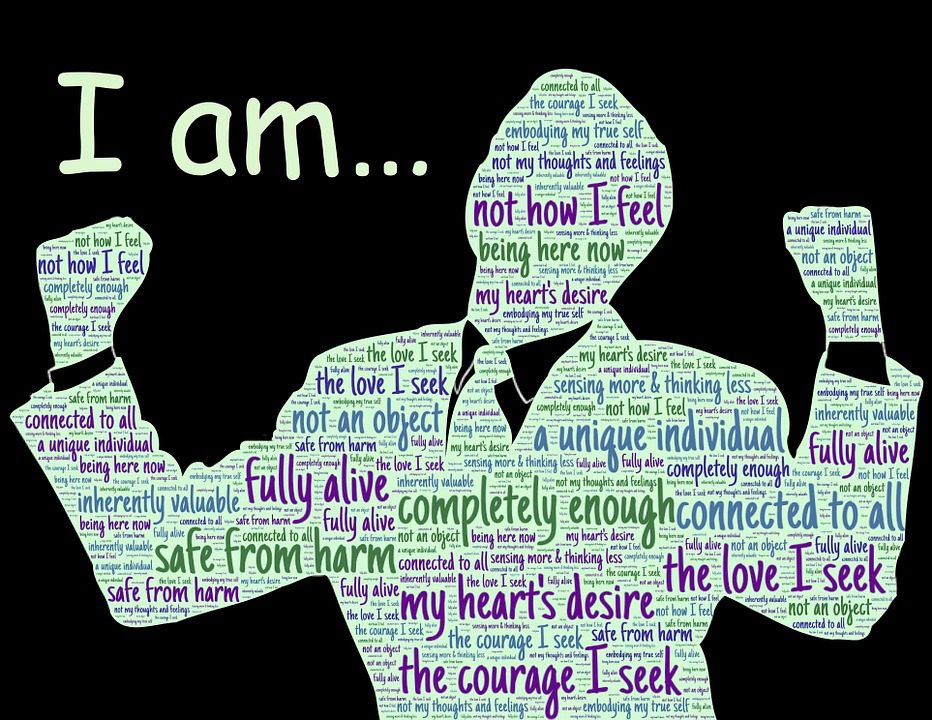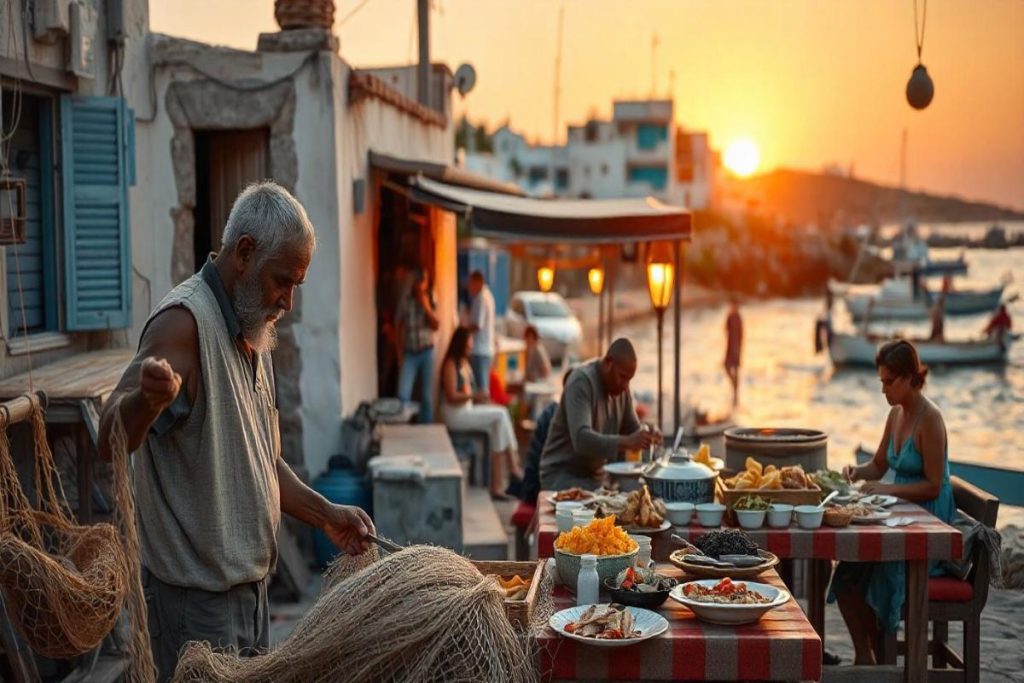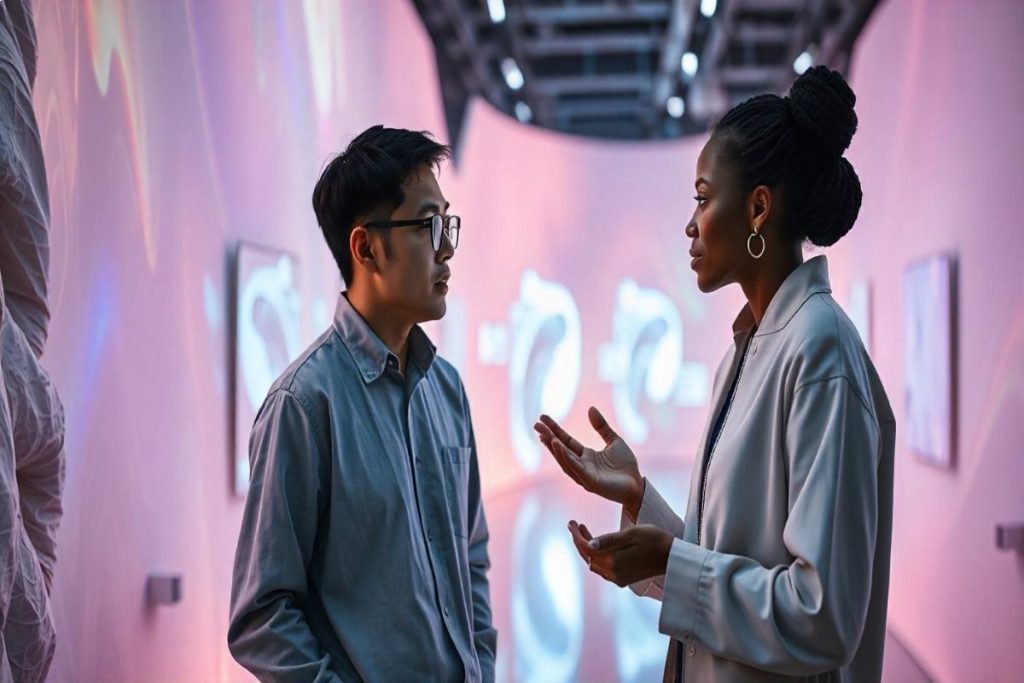The evolution of global culture is a fascinating journey that highlights the profound impact of technology on our traditions and social practices. As we navigate through the digital age, the ways in which we communicate, celebrate, and preserve our cultural heritage are rapidly transforming. This article, “The Evolution Of Global Culture: How Technology Is Shaping Traditions,” delves into the intricate relationship between technological advancements and cultural evolution, revealing how innovations are reshaping our understanding of identity and community.
In the following sections, we will explore various aspects of this transformation, including the role of social media in cultural exchange, the influence of streaming platforms on global entertainment, and how virtual reality is redefining immersive experiences. You will learn about the challenges and opportunities that arise as traditional practices adapt to modern technologies, and how these changes can lead to a richer, more diverse cultural landscape. By examining case studies and expert insights, we aim to provide a comprehensive overview of the dynamic interplay between technology and culture.
As you read on, you will discover not only the ways technology is reshaping our traditions but also the implications of these changes for future generations. Join us on this enlightening journey to understand the evolution of global culture and the exciting possibilities that lie ahead. Don’t miss out on the chance to gain a deeper appreciation for the cultural shifts occurring in our interconnected world!
The Impact of Social Media on Cultural Exchange
Social media platforms have revolutionized the way cultures interact and exchange ideas. With the ability to share content instantly across the globe, individuals can now experience diverse traditions and practices from the comfort of their homes. This digital connectivity fosters a sense of global community, allowing users to engage with cultural content that they may not have encountered otherwise.
Moreover, social media serves as a platform for marginalized voices, enabling them to share their cultural narratives and traditions. This democratization of cultural expression not only enriches the global cultural landscape but also challenges dominant narratives, promoting a more inclusive understanding of cultural diversity.
The Role of Streaming Services in Cultural Consumption
Streaming services like Netflix and Spotify have transformed how we consume music, films, and television shows, leading to a significant shift in cultural trends. These platforms provide access to a vast array of international content, allowing users to explore and appreciate different cultures through their art forms. As a result, traditional media barriers are broken down, and global audiences can engage with content that reflects diverse cultural perspectives.
This accessibility has also led to the rise of global fandoms, where fans from different backgrounds come together to celebrate their favorite shows or music genres. Such interactions not only enhance cultural appreciation but also create new cultural phenomena that blend elements from various traditions, further shaping the evolution of global culture.
Technology and the Preservation of Cultural Heritage
Advancements in technology have played a crucial role in the preservation of cultural heritage. Digital archiving, for instance, allows for the documentation and storage of traditional practices, languages, and artifacts that might otherwise be lost. Virtual reality (VR) and augmented reality (AR) technologies also offer innovative ways to experience cultural heritage sites and practices, making them accessible to a wider audience.
By utilizing these technologies, communities can engage younger generations in their cultural heritage, ensuring that traditions are not only preserved but also adapted to contemporary contexts. This intersection of technology and tradition highlights the dynamic nature of culture, demonstrating that it can evolve while still honoring its roots.
Globalization and the Hybridization of Cultures
Globalization has led to the hybridization of cultures, where elements from different traditions blend to create new cultural expressions. This phenomenon is often facilitated by technology, as it allows for the rapid dissemination of cultural ideas and practices. For example, fusion cuisine combines culinary techniques and ingredients from various cultures, resulting in innovative dishes that reflect a global palate.
While hybridization can lead to exciting cultural innovations, it also raises concerns about cultural appropriation and the loss of authenticity. As cultures intermingle, it becomes essential to navigate these complexities thoughtfully, ensuring that the original contexts and meanings of cultural elements are respected and preserved.
The Future of Cultural Traditions in a Digital Age
As technology continues to evolve, the future of cultural traditions will likely be shaped by ongoing digital advancements. From artificial intelligence (AI) curating personalized cultural experiences to blockchain technology ensuring the authenticity of cultural artifacts, the possibilities are vast. However, this digital transformation also poses challenges, such as the risk of homogenization and the potential loss of unique cultural identities.
To safeguard cultural diversity, it is crucial for communities to actively engage with technology while maintaining a strong connection to their traditions. By embracing innovation and fostering cultural dialogue, societies can navigate the complexities of the digital age, ensuring that cultural traditions not only survive but thrive in a globalized world.
| Aspect | Description |
|---|---|
| Introduction | The intersection of technology and culture has led to significant changes in global traditions, influencing how cultures evolve and interact. |
| Globalization | Advancements in communication and transportation have facilitated the exchange of cultural practices, leading to a more interconnected world. |
| Digital Media | Social media platforms allow for the rapid dissemination of cultural content, enabling traditions to be shared and adapted across borders. |
| Preservation of Traditions | Technology aids in documenting and preserving cultural heritage, making it accessible to future generations through digital archives. |
| Hybrid Cultures | The blending of different cultural elements creates hybrid cultures, where traditional practices are reinterpreted in modern contexts. |
| Challenges | While technology promotes cultural exchange, it can also lead to cultural homogenization, threatening the uniqueness of local traditions. |
| Conclusion | Technology continues to shape global culture, presenting both opportunities and challenges in the preservation and evolution of traditions. |



